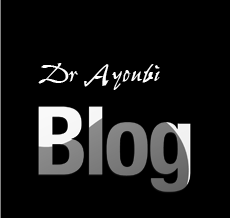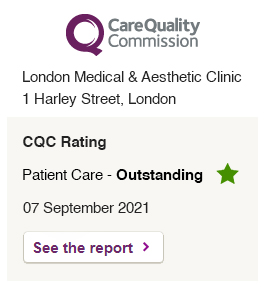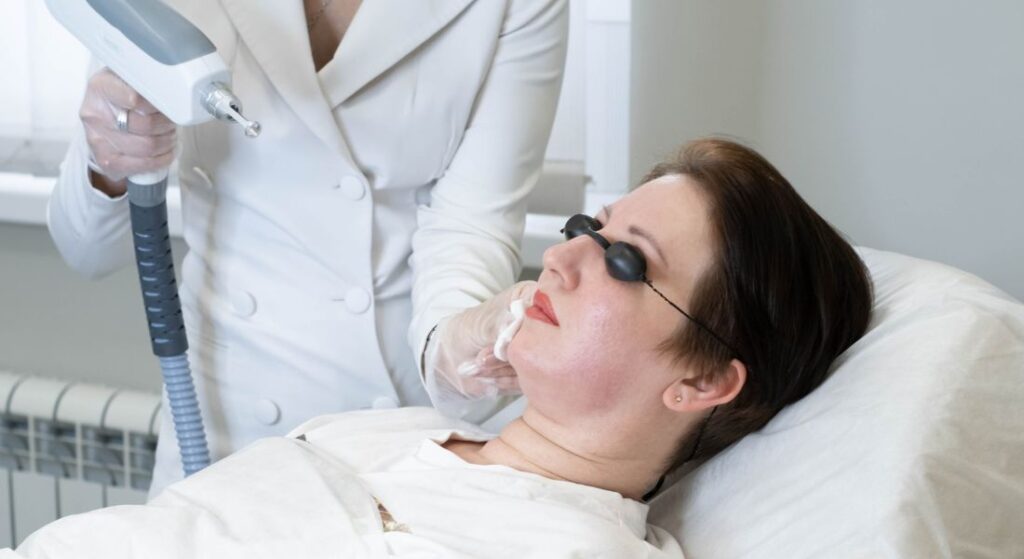
CO2 laser resurfacing is often described as one of the most effective ways to rejuvenate your skin. It can smooth wrinkles, fade scars, and improve tone and texture in ways that creams and facials simply can’t.
But what about the downsides? Like any medical procedure, CO2 laser treatment comes with risks, side effects, and limitations. If you’re considering it, you should know not only the benefits but also the possible drawbacks so you can make an informed decision.
In this guide, I’ll walk you through the potential downsides of CO2 laser treatment, including common side effects, downtime, risks for certain people, and what you can realistically expect. By the end, you’ll know whether this powerful treatment is the right choice for you.
What Is CO2 Laser Resurfacing?
Before we dive into the possible risks, it helps to first understand what CO2 laser resurfacing actually is and how it works.
CO2 laser resurfacing is a skin treatment that uses a carbon dioxide laser to carefully remove very thin layers of damaged skin. Unlike more invasive procedures, the laser is incredibly precise. It targets specific areas of skin while leaving the surrounding tissue relatively untouched.
The treatment can be performed in two different ways, depending on your skin goals and how much downtime you’re prepared for:
Traditional (ablative) CO2 laser resurfacing: This method removes the entire outer layer of skin in the treated area. Because it works more aggressively, it can deliver dramatic improvements in skin texture, tone, and deep wrinkles. However, it also requires a longer healing period and comes with a higher risk of side effects compared to lighter treatments.
Fractional CO2 laser resurfacing: Instead of removing all of the skin’s surface, this approach creates thousands of tiny, microscopic treatment zones. The laser treats small fractions of the skin while leaving the surrounding tissue intact. The benefit is faster recovery, less redness, and a lower risk of complications, though results may be more gradual and sometimes require multiple sessions.
The Most Common Downsides of CO2 Laser
Let’s look at the main issues patients face when undergoing this treatment.
Downtime and Recovery
One of the biggest downsides is the recovery period. Unlike lighter treatments such as chemical peels or microneedling, CO2 laser resurfacing requires more significant downtime.
– Most people experience redness, swelling, and peeling that gradually improves over time.
– You might need to adjust your schedule or avoid certain social events during the initial recovery, depending on how your skin reacts.
– Healing timelines vary depending on your skin type, treatment intensity, and adherence to aftercare instructions.
If you have a busy lifestyle, this downtime can be inconvenient.
Redness and Swelling
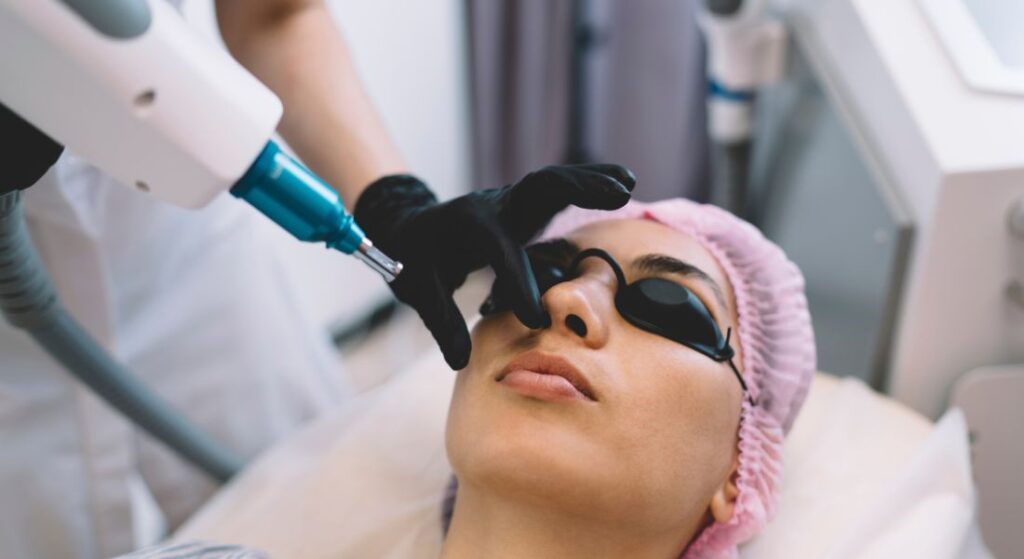
One of the most common side effects after CO2 laser resurfacing is redness and swelling. Almost everyone will experience these to some degree, as they’re a natural part of the skin’s healing response. The laser works by creating controlled damage, so your body reacts with inflammation as it begins repairing the treated areas.
For many people, the redness fades within a few weeks, and swelling usually improves within the first few days. However, recovery is not the same for everyone. In some cases, the redness can linger much longer than expected sometimes stretching out over several months. This can be frustrating, especially if you were hoping for a quick turnaround before a social event or work commitments.
The emotional side of this recovery shouldn’t be overlooked either. Prolonged redness, particularly on highly visible areas like the face, can make some people feel self-conscious or less confident about their appearance. While makeup or concealer can help camouflage the redness, not everyone feels comfortable relying on it daily, especially if the skin is still sensitive or tender.
It’s worth keeping in mind that factors like your skin type, the intensity of the treatment, and how well you follow aftercare instructions all play a role in how long redness and swelling last. Talking openly with your dermatologist before the procedure can help set realistic expectations so you’re not caught off guard by a longer healing period.
Risk of Infection
Any time your skin barrier is disrupted, there’s a chance of infection and CO2 laser resurfacing is no different. Because the laser creates tiny wounds in your skin, you’ll need to be extra careful during the healing phase. Until your skin closes up fully, it’s more open to bacteria, yeast, or even viruses.
This is why aftercare matters so much. You’ll need to keep the treated area clean, apply any creams or ointments your clinician recommends, and resist the urge to touch your skin with unwashed hands. If you wear makeup, you might have to hold off for a while or at the very least, avoid using old brushes and sponges that could carry germs. In some cases, your doctor may even give you antibiotics or antiviral medication just to be on the safe side.
If you don’t stay on top of your aftercare, the risk of infection increases. Not only can this slow down your healing, but in rare situations it may lead to scarring. That’s not something you want after going through a procedure designed to improve your skin in the first place.
The reassuring part is that if you follow your instructions closely, infections are rare. Think of it this way: your clinician handles the treatment itself, but your role is to protect that investment with good aftercare. The more careful you are, the smoother your recovery will be.
Pigmentation Changes
Another possible downside you should be aware of is changes in your skin’s pigmentation after CO2 laser resurfacing.
Hyperpigmentation happens when the treated area heals darker than your natural skin tone. You might notice patches that look sunburned or brownish, which can be frustrating if you were hoping for an even, glowing complexion.
Hypopigmentation is the opposite the skin can heal lighter than your natural tone, leaving uneven, pale patches that can stand out, especially on areas like the face or neck.
You’re more likely to experience these pigmentation changes if you have a darker skin tone, or if you don’t take proper precautions with sun exposure during your recovery. Even a short time in the sun without protection can make hyperpigmentation worse, so wearing a broad-spectrum sunscreen and avoiding direct sunlight is really important while your skin is healing.
The good news is that these issues are often temporary and can fade over time, especially if you follow your dermatologist’s aftercare instructions closely. But it’s something to keep in mind so you can plan accordingly and protect your results.
Risk of Scarring
Scarring after CO2 laser resurfacing is uncommon, but it’s still a risk you should be aware of. The chances are low if everything goes smoothly, but certain factors can increase the likelihood.
For example, if you pick, scratch, or rub your healing skin, you’re creating a higher chance for permanent marks. Not following your aftercare instructions like skipping recommended ointments, overexposing your skin to the sun, or using harsh products too soon can also make scarring more likely. Finally, the skill of the person performing the procedure matters. If it’s done by someone inexperienced, the risk goes up.
Even though serious scarring isn’t common, it’s worth taking seriously. Your best protection is to follow your clinician’s instructions carefully and be patient during the healing process. Treat your skin gently, and you’ll give yourself the best shot at smooth, clear results.
Pain and Discomfort
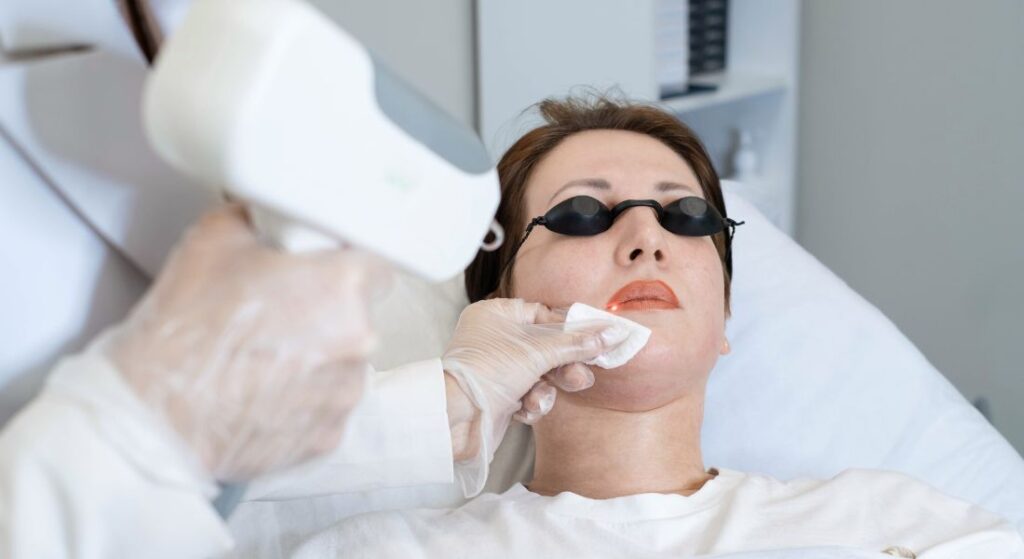
You shouldn’t feel pain during CO2 laser resurfacing itself, because local anaesthetic is used to numb the treated area. However, once the procedure is over and the anaesthetic wears off, it’s normal to experience some discomfort as your skin starts to heal.
Many people describe this as a burning or stinging sensation, similar to a mild sunburn. Your skin may also feel tender to the touch, and simple actions like washing your face, applying ointments, or even leaning on a pillow can be uncomfortable. Some people notice a general sense of tightness or irritation as the skin recovers, which can feel frustrating if you weren’t expecting it.
For most people, this discomfort gradually settles within a week or two. However, it can feel more intense during the first few days, especially if you haven’t prepared for it. Knowing what to expect and having soothing products, like recommended creams or cool compresses, on hand can make a big difference in managing the healing process.
Cost
Compared to other treatments, CO2 laser resurfacing is expensive. While results are often long-lasting, the upfront cost can be a barrier for some people.
Also, because it’s considered cosmetic, it’s not typically covered by insurance.
Who Should Avoid CO2 Laser?
Not everyone is a good candidate for CO2 laser treatment. You may be advised against it if you:
– Have very dark skin (due to higher pigmentation risks).
– Are prone to keloid scarring.
– Have active acne, infections, or open wounds in the treatment area.
– Are pregnant or breastfeeding.
– Have taken isotretinoin (Accutane) within the last year.
If any of these apply to you, alternative treatments may be safer.
Short-Term vs Long-Term Downsides
It helps to separate the downsides into short-term and long-term categories.
Short-term: Redness, swelling, peeling, discomfort, and temporary pigmentation changes.
Long-term: Persistent redness, scarring, permanent pigmentation issues, or in rare cases, changes to skin texture.
Most short-term downsides resolve within weeks, but long-term risks are why choosing an experienced clinician is so important.
How to Reduce the Downsides
If you’re still interested in the treatment despite the risks, there are ways to minimise the downsides:
– Choose a qualified professional. Experience matters more than anything else when it comes to safety.
– Follow aftercare instructions carefully. Skipping steps increases risks of infection or scarring.
– Use sun protection religiously. This is non-negotiable if you want to avoid pigmentation issues.
– Prepare for downtime. Plan your treatment around your schedule to allow for recovery.
By being proactive, you can reduce the impact of the downsides.
Alternatives to CO2 Laser
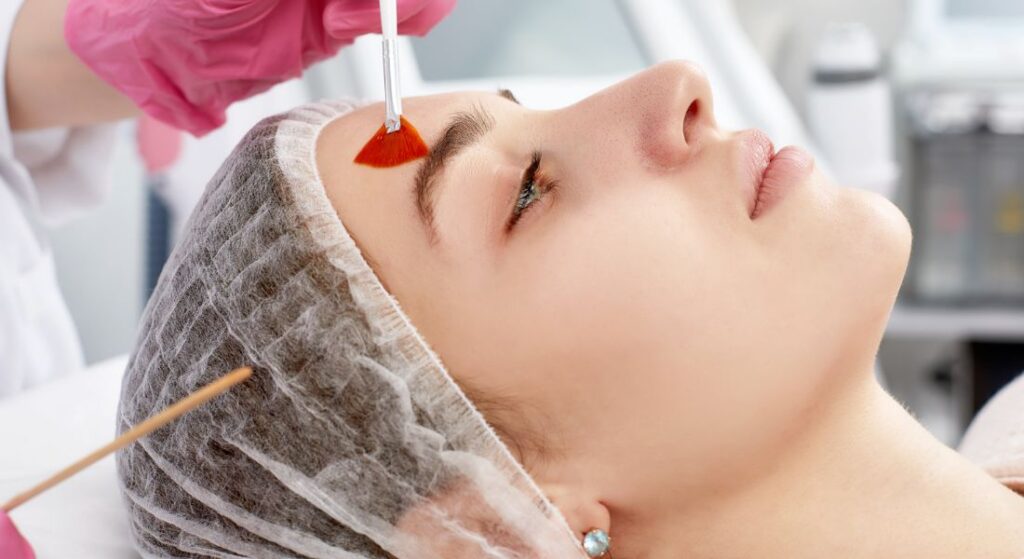
If the risks or downtime put you off, there are other options:
– Chemical peels: Milder resurfacing with shorter downtime.
– Microneedling: Stimulates collagen with minimal disruption.
– Radiofrequency treatments: Non-invasive, though results are gentler.
– Fractional non-ablative lasers: Less aggressive than CO2, with quicker recovery.
These won’t always deliver the same dramatic results, but they may be better suited to your lifestyle or skin type.
Balancing Risks and Rewards
When you weigh up CO2 laser resurfacing, it’s about balancing the impressive results with the potential downsides.
Yes, the procedure has risks but it also has one of the highest success rates for improving wrinkles, scars, and overall skin quality. For many people, the benefits outweigh the drawbacks, provided they go in with realistic expectations.
If you’re considering CO2 laser treatment in London, a consultation with a reputable clinic will help you understand your individual risks and whether the treatment is suitable for your skin.
FAQs About CO2 Laser Resurfacing:
1. How long does it take to see results?
You might notice some immediate improvements in skin texture and tone, but the full results take time. Your skin needs to heal and produce new collagen, which can take several weeks to a few months. For most people, the best results are visible around 3–6 months after treatment. Patience is key the gradual improvement is what gives CO2 laser its long-lasting benefits.
2. How long does the procedure take?
The treatment itself usually lasts between 30 minutes and two hours, depending on the size of the area you’re having treated. Smaller areas like around the eyes or mouth are quicker, while full-face resurfacing takes longer. Your clinician will explain what to expect so you can plan your day accordingly.
3. Is CO2 laser resurfacing painful?
During the procedure, you won’t feel much because local anaesthetic is used to numb the area. After treatment, though, it’s normal to experience burning, stinging, or tenderness as your skin heals. Most people find this discomfort manageable with recommended creams or cold compresses, and it usually subsides within a week or two.
4. How much downtime should I expect?
Downtime depends on the intensity of the treatment and your skin type. Expect redness, swelling, and peeling for at least 1–2 weeks. In some cases, redness can last for several months. You’ll need to avoid makeup, direct sun exposure, and strenuous activity initially, so planning ahead is important if you have work or social commitments.
5. Can anyone get CO2 laser resurfacing?
Not everyone is an ideal candidate. People with very dark skin, a tendency for keloid scarring, active acne or infections, or those who are pregnant or breastfeeding may be advised against it. It’s important to have a consultation with an experienced clinician to assess your suitability and discuss alternative options if needed.
6. What are the main risks?
Common risks include temporary redness, swelling, peeling, and discomfort. Less common risks are pigmentation changes (darker or lighter patches), scarring, and infection. Following aftercare instructions carefully and choosing a qualified professional greatly reduces these risks.
7. How should I care for my skin after treatment?
Aftercare is crucial. You’ll need to keep the area clean, apply any prescribed ointments, avoid picking or scratching, and stay out of the sun. Using a gentle cleanser and moisturiser as advised by your clinician helps the skin heal faster. Sun protection is especially important to prevent pigmentation issues.
8. How long do the results last?
CO2 laser resurfacing offers long-lasting results, especially if you protect your skin from sun damage and maintain a healthy skincare routine. Many people enjoy smoother, firmer skin for several years, though natural ageing continues, and maintenance treatments may be recommended over time.
9. Are multiple sessions needed?
It depends on your skin goals and the type of laser used. Fractional CO2 treatments may require two or three sessions for optimal results, while traditional ablative treatments sometimes achieve dramatic improvements in a single session. Your clinician will discuss a personalised plan based on your skin condition and expectations.
10. How much does CO2 laser resurfacing cost?
The cost varies depending on the area treated, the clinic, and the clinician’s experience. Full-face treatments are generally more expensive, and since it’s considered cosmetic, insurance usually doesn’t cover it. While the upfront cost can be significant, many people find the long-lasting improvement worth the investment.
Final Thoughts: Expert Guidance for a Smooth CO2 Laser Recovery
CO2 laser resurfacing can offer remarkable, long-lasting improvements in your skin’s texture, tone, and firmness. But the key to getting the best results lies in understanding the recovery process and being prepared for it. From the first few days of redness, swelling, and peeling to the gradual improvements over several months, how you care for your skin during healing makes a huge difference.
If you’re thinking about CO2 laser treatment in London, choosing an experienced clinician is essential. At London Medical & Aesthetic Clinic, Dr Ayham Al-Ayoubi guides patients through every stage of treatment and recovery, ensuring safe, effective, and natural-looking results. By following professional advice closely, taking your aftercare seriously, and planning around the recovery period, you can enjoy smoother, rejuvenated skin with confidence and peace of mind.
References:
1. Nanni, C.A. and Alster, T.S. (1998). ‘Complications of carbon dioxide laser resurfacing: An analysis of 1,000 procedures’. Plastic and Reconstructive Surgery, 101(4), pp. 1045–1050. Available at: https://pubmed.ncbi.nlm.nih.gov/9537005/
2. Ramsdell, W.M. (2012). ‘Fractional CO2 laser resurfacing complications’. Journal of Clinical and Aesthetic Dermatology, 5(12), pp. 30–34. Available at: https://pmc.ncbi.nlm.nih.gov/articles/PMC3580977/
3. Read-Fuller, A.M., et al. (2017). ‘Problems and complications of full-face carbon dioxide laser resurfacing’. Journal of Cosmetic Dermatology, 16(3), pp. 276–280. Available at: https://www.sciencedirect.com/science/article/abs/pii/S2212440316302978
4. Apfelberg, D.B. (1997) Side Effects, Sequelae, and Complications of Carbon Dioxide Laser Resurfacing. Aesthetic Surgery Journal, 17(6), pp. 365–370. Available at: https://academic.oup.com/asj/article/17/6/365/186840
5. Complications of Carbon Dioxide Laser Resurfacing and Their Prevention Available at: https://academic.oup.com/asj/article-abstract/17/4/216/202975

